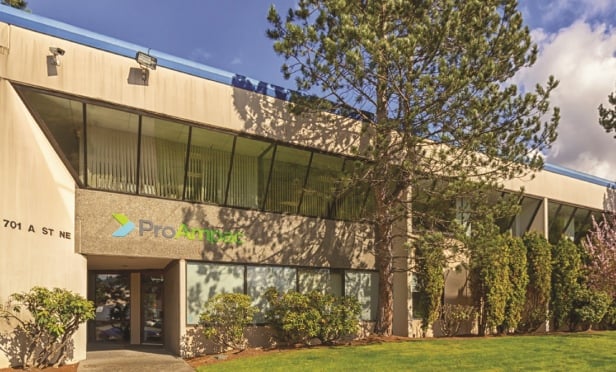MIAMI—Is there too much student housing inventory flooding the market? What's the outlook for the sector?
GlobeSt.com caught up with Judd Bobilin, CEO & co-founder of Chance Partners, a integrated real estate firm that develops and manages residential and mixed-use communities, to get his thoughts on these and other questions about student housing interests in part two of this exclusive interview. You can still read part one: Why Student Housing Beats Multifamily.
GlobeSt.com: What would you say to those who are concerned there is too much inventory flooding the market?
Bobilin: It's a valid concern in any commercial real estate transaction. The developers and investors have to do their due diligence to validate supply and demand. Our focus is much more on the Tier 1 and Tier 2 schools—and more so on public institutions, as the cost for an in-state student is significantly less than an out-of-state student.
You don't have that disparity with the private institutions. Many of the state schools have now run out of any state funding for dorms that were approved several years ago, so their on-campus housing stock is limited and, in some cases, capped until state finances improve. As a result, some schools have increased their out-of-state enrollment to better adapt to the reduced funding.
GlobeSt.com: What's the outlook?
Bobilin: We don't like to prognosticate on where the market is or will be going forward. Things change all the time, as do markets. However, interest rates are currently low and the buyers of student housing product have a lot of capital to dispense, both of which are positive in the near-term for this sector.
We will say that public companies are all ahead of their pre-leasing year-over-year, as well as with increases in their effective rate over the same time period, per their earnings calls. We think Wall Street in general is under-rating the performance of these companies.
GlobeSt.com: Any major changes coming down the pike?
Bobilin: As long as interest rates remain stable, there shouldn't be any major disruptions in the marketplace—notwithstanding any black swan events. One area that we are watching is the ongoing increase in online classes—which many public companies compare to the old correspondent school phenomena in the 1950s.
Many schools are adding online programs but it is more of an additional revenue generator than a business plan shift. However, we don't want to discount the long-term effects of this on the marketplace as it could prove similar to how Internet-based businesses have disrupted longstanding bricks-and-mortar businesses.
© Touchpoint Markets, All Rights Reserved. Request academic re-use from www.copyright.com. All other uses, submit a request to [email protected]. For more inforrmation visit Asset & Logo Licensing.






